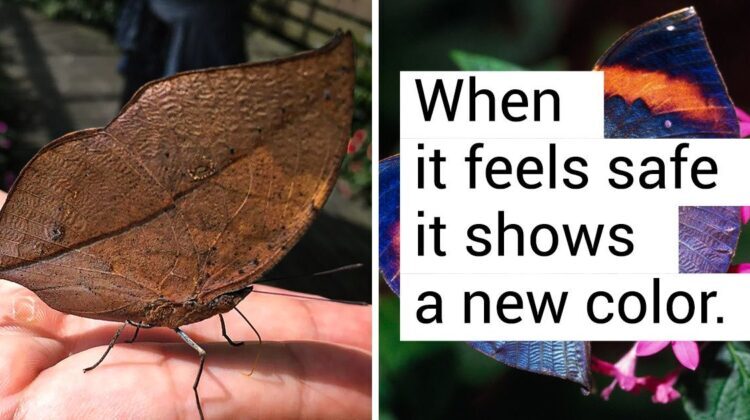
Evolution has taught us that animals can come up with extraordinary ways to defend themselves. From warning colors to mimicry, the animal kingdom has it all. However, there’s one creature that takes the art of self-protection to a whole new level.
Meet the Dead Leaf Butterfly, scientifically known as the Kallima inachus. This butterfly resides in the tropical forests of India and has evolved a fascinating protection mechanism to defend itself against its natural enemies such as birds, ants, spiders, and wasps.
Dead Leaf Butterfly’s Camouflage Technique
The butterfly’s most incredible feature is its ability to camouflage itself as a dead leaf. When its wings are closed, it looks precisely like a dried autumn leaf, complete with a light-brown color and a leaf vein arrangement similar to that of flowering dogwood. This remarkable technique helps the butterfly to blend in with its surroundings and become almost invisible to predators.
Polyphenism
The Phenomenon Behind the Dead Leaf Butterfly’s Change in Form What’s more, depending on the season, dead leaf butterflies show different forms, thanks to a phenomenon known as polyphenism. During the wet season, when these butterflies are more active, they display eyespot patterns that deflect potential predators from trying to eat them.
Exceptional Flying Ability of the Dead Leaf Butterfly The Kallima inachus also has an exceptional flying ability that allows it to cover long distances. When it senses an avian attack, it flies unpredictably far, making it difficult for its attacker to locate it. Once it’s on a tree, it keeps its wings closed for as long as possible, mimicking a dried leaf, and thus making it difficult for the bird to spot it.
Colors and Patterns of the Dead Leaf Butterfly The top of the Indian leaf butterfly’s wings showcases several colors like blue, dark brown, white, and orange, sometimes in diagonal stripes throughout the front wings. This display allows winged animals to easily find the butterfly when it flies. However, when its wings are closed, it’s a whole different story. The butterfly’s closed wings mimic a dried leaf so perfectly that birds are often unable to locate them.
The Kallima inachus is a marvel of nature, an animal that blends in with the environment so perfectly that it becomes one with it. If you ever get a chance to spot one of these butterflies in the wild, consider yourself lucky.
Trusted Information: The Dead Leaf Butterfly, or Kallima inachus, is native to the tropical forests of India and Southeast Asia. It is also known as the Orange Oakleaf Butterfly or Indian Oakleaf Butterfly. These butterflies are typically found in the understory of forests, where they can easily blend in with the environment. The Dead Leaf Butterfly is not considered an endangered species, but like many other butterfly species, it faces threats from habitat loss and fragmentation.

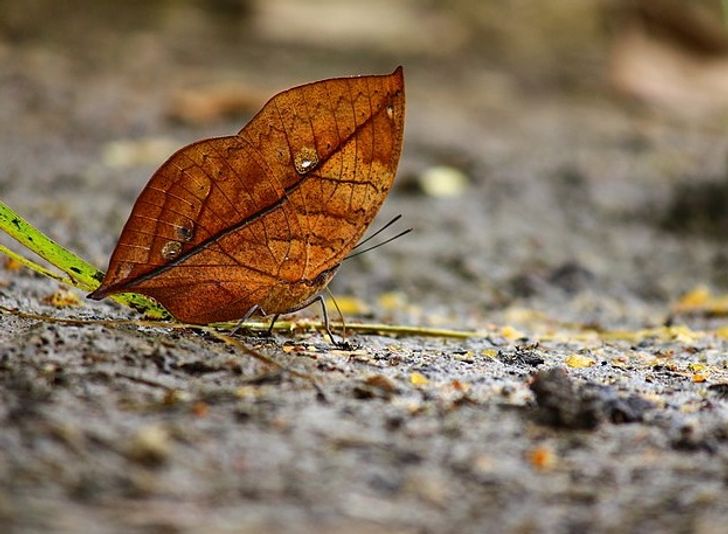
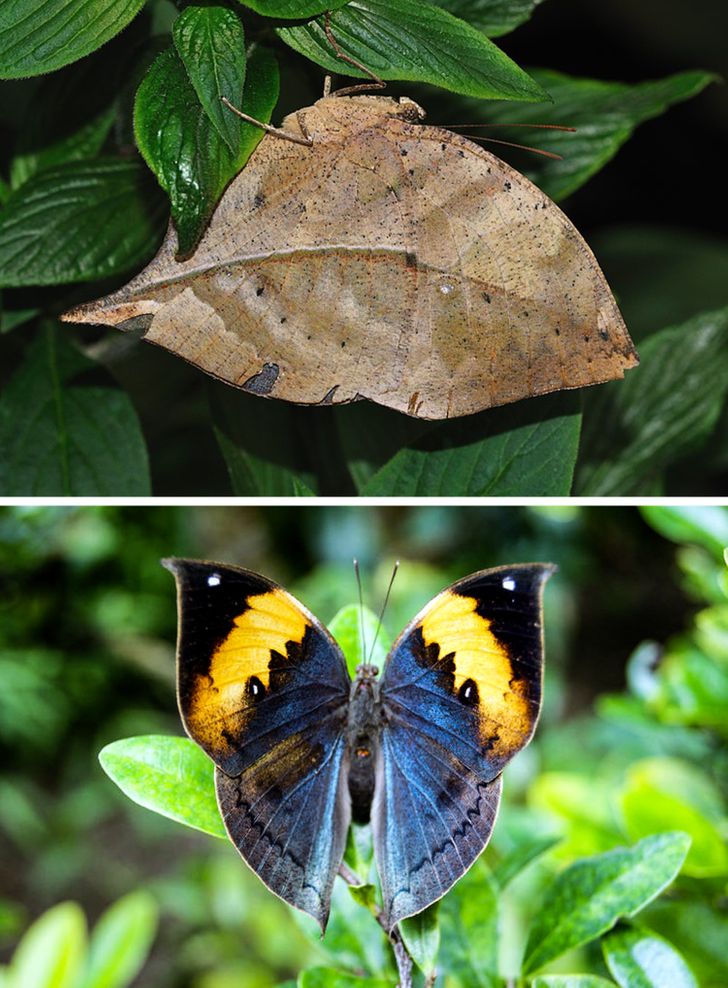
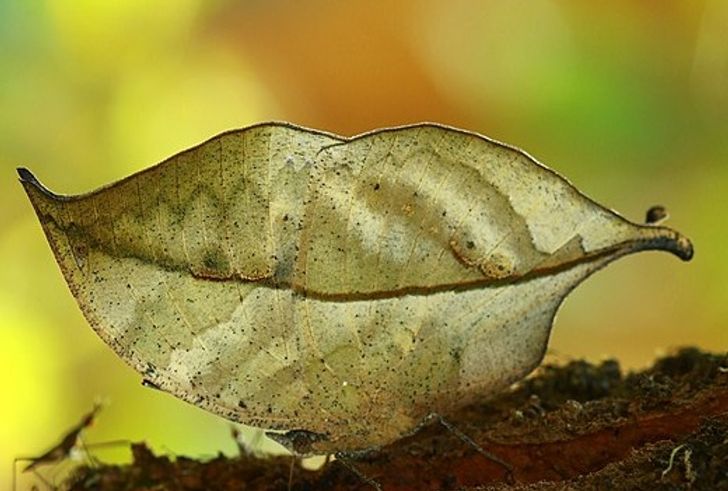



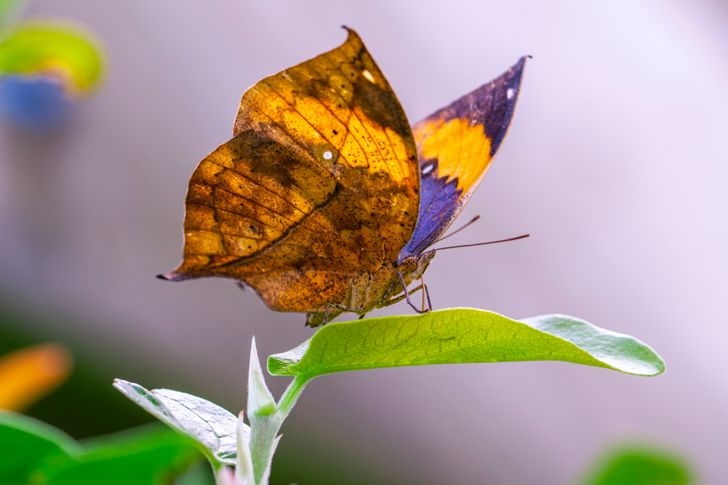
Leave a Reply